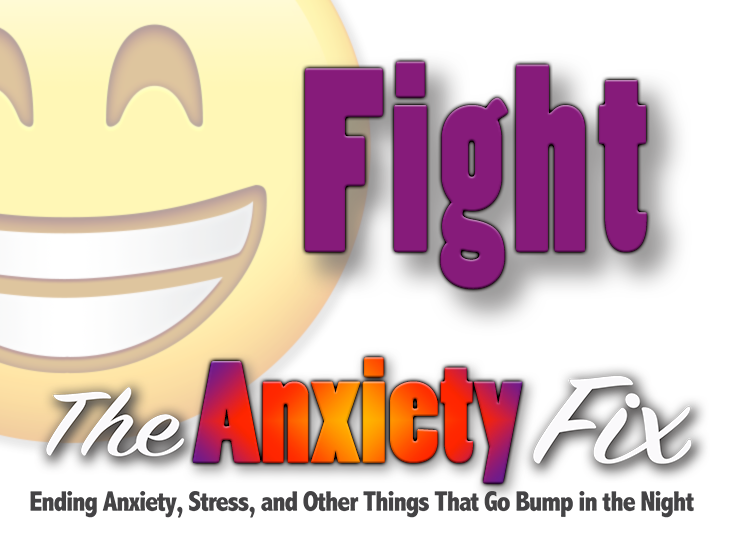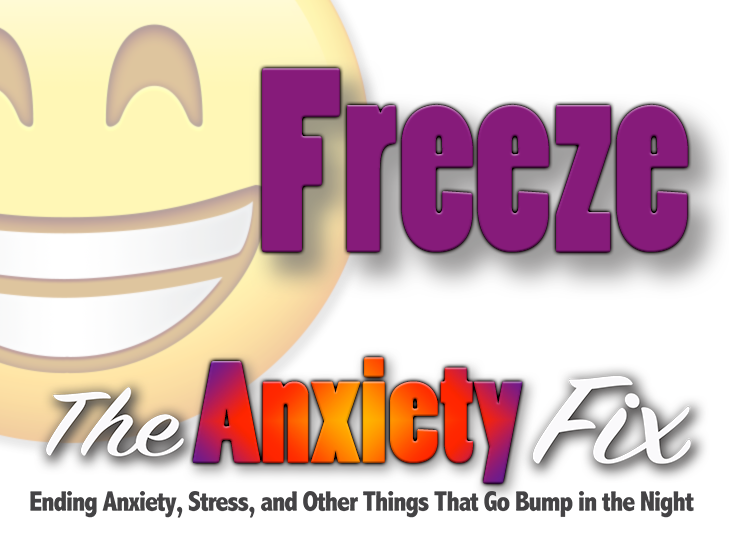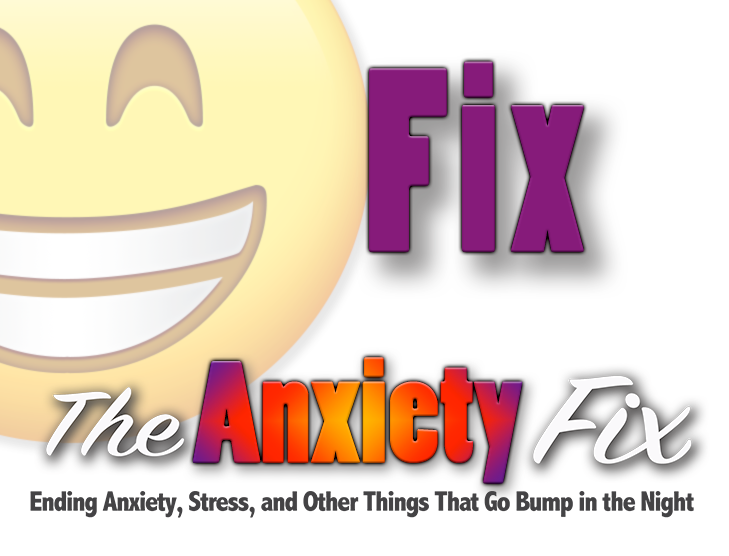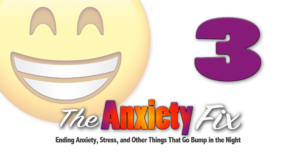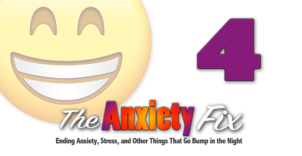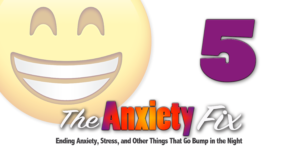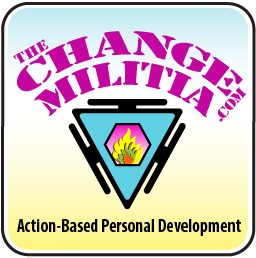
Here is one of the ways to settle and reset your system when you are anxious, stressed, or feeling overwhelmed.
Do one of the Five F’s movements when it feels like you have driven off the cliff or are about to. Remember to start with the Navigating the Abyss video to give you background and context.
The five major ways you react to fear are fight, flight, freeze, fix, and familiar. Most of these happen habitually. They are triggered by your subconscious mind without you even realizing it’s happening until you’re right in the middle of it.
Fight reactions would include anger, frustration, conflict, contradiction, and altercation (physical, mental, or emotional). Fight will feel like you are trying to create distance by pushing things away from you. The things might include people, ideas, possibilities, thoughts, energies, and emotions You might also fight external influences.
Choose this Fight sequence when you want to push away or create conflict by engaging – when there is a desire to move people, things, thoughts, or feelings farther away from you.
Fight fear feels like you want to engage.
Five F’s Fight Reset Sequence
Detect Fear
The first step is to realize you are in or moving toward anger, frustration, conflict, contradiction, and altercation (physical, mental, or emotional). If you feel your energy ramping up toward anxiety, your subconscious mind will look for a familiar fear pattern to assign. Your fear signal may typically be fight or it may be one of the others and the desire to fight may only come up with certain people, places, or situations.
Acknowledge Fight Signal
Your fear triggers will be habitual. In every situation, you will have a defensive pattern that is waiting to be triggered. When you feel your energy starting to build and it starts to feel uncomfortable, feel for the specific fear signal your subconscious mind is demanding.
If it is fight, your mind will be telling you to initiate conflict so that you can create distance. Fight demands will want you to engage and push away.
Name Preferred Action
After you detect fear rising in your system, decide what you would rather be doing or feeling. Give yourself a preferred destination, action, goal, or intention. Naming the alternative action will help your mind begin to reconfigure away from anxiety and toward your stated goal. Choosing what you would rather do creates a trajectory your energy will try to accommodate.
(After each step, listen to your internal signals. If it feels like you are ready to reengage with your intended tasks, shift to getting things done. If you still feel hesitant or resistant, go on to the next step.)
Indulge Fight Demand
After you determine that feel the need to fight and have named what you would rather be doing, look for a physical way to indulge the fight demand. Give your subconscious mind the feeling of fight without creating conflict. Find something physically challenging, something that takes all your available strength. A good rule of thumb is to do something that you can’t do more than ten times or for longer than 30 seconds without reaching your physical limit. In the fitness world, this would be considered an anaerobic movement.
What that is will depend on your general health, fitness level, and any specific physical limitations. For an average adult, it will be things like push-ups, pull-ups, squats, leg-press, overhead presses, curls, or anything that has you pushing something with a lot of resistance. It may be something like walking slowly up stairs or curling a can of spaghetti sauce. Find something that challenges your current strength, mobility, and fitness levels. If you can do it for longer than a minute or more than 15 times, it is probably not vigorous enough.
Another key to look for is your muscles fatiguing before you run out of breath.
You are looking for a movement to mimic your fight response. Take 30 seconds to feel what you are feeling and then determine what it seems like your subconscious mind wants you to do. This is part of the practice of awareness. As you do it, you will get better at becoming aware of the demand. Listen for things you don’t expect. Don’t try to reason it out. Quietly feel for the impulses. They won’t come in sentences, they will be vague feelings. If you are coming to this practice after your anxiety has already blossomed, the specific fight demand might be obvious. There might be a siren in your head telling you what to do.
Be creative. Look for things that will have a long-term benefit to your health. Regular healthy anaerobic movements lead to increases in bone density, strength, and muscle mass. They will exercise your heart and the rest of your circulatory system. Making healthy all-out physical efforts part of your daily life will also help to down-regulate your nervous system.
As you indulge the fear signal with anaerobic movements, your anxiety will wane. You are burning up the energy you have stored which satisfies your subconscious mind. If it doesn’t feel like you are getting less anxious, you may not have done enough or you might have another fear signal (flight, freeze, fix, or familiar) that needs to be satisfied. Check-in with what you are feeling. If it still like you have some fight in you, find something else vigorous to do. If you can’t do push-ups, trying to do a push-up may be enough. If you have been doing push-ups, try one-handed push-ups. You want to challenge yourself with something that will exhaust you quickly and use a high percentage of your strength.
(Listen to your internal signals. If it feels like you are ready to reengage with your intended tasks, shift to getting things done. If you still feel hesitant or resistant, go on to the next step.)
Redirect Fight Movement
After it feels like you have exhausted your anxious energy, the next step will be to add a release. You want to redirect your energy away from the fight signal. An example would be to do a squat jump. Squat down and come up with enough force to leave the ground. Burpees would be another option. If your anaerobic movement was to lift a heavy medicine ball, adding a toss with a light ball will create an energetic release. Plyometric movements are a great energy redirect. Other options would include things like box jumps, hopping up stairs, tossing something heavy from hand to hand, etc.
These movements won’t be you’re a maximum effort. They should be challenging but not exhausting. Find something you can do at least 25 times or for about three minutes.
As you do the movement, bring your attention to the instant when you disconnect. Your intention will be to alter the focus of your subconscious mind away from the fight signal. You are looking to disconnect the fear from your movements. The indulging movement in the previous step connected your fear to a sympathetic or parallel movement, now you will disconnect the movement from the fear and focus on the point of release.
Feel for the sensations that accompany disconnecting. Use talking on the phone as an example. Feel what sensations are present while on a call with a loved one. Focus on the differences just after you hang up (end the conversation for those of you that have never actually hung up the receiver of a corded phone). You will feel differently after you disconnect the call. Sensations will change. If you are anticipating ending the call, the changes might begin occurring before you end the call. You can use any interaction that has a clear cutoff point. Bank transactions, coffee drive-up windows, taking out the trash, or releasing a recovered raptor back into the wild. Feel for the difference before and after the release.
And as with the examples above, you are looking to acknowledge that you are no longer in the previous state (ready to fight) and have accepted that you are now on to the next thing.
Continue with the movement until you are clearly focused on the release point. Don’t shortchange yourself here. Make sure you can distinctly identify the difference in sensations.
Remember that your goal is to signal to your subconscious mind that you are no longer in fight fear mode, you have resolved the threat and are ready to move on with your day.
(Listen to your internal signals. If it feels like you are ready to reengage with your intended tasks, shift to getting things done. If you still feel hesitant or resistant, go on to the next step.)
Transitional Fight Movement
The next step is to take another step away from your fear by adding a series of easy movements. In my notes, I call these complex aerobic movements. The goal is to engage your mind with something challenging. Most of your anxiety will be mentally created and fueled. You are looking to occupy your mind with something that uses a large portion of your mental faculties.
Yoga asanas, Karate katas, Tai Chi forms, modern dance, breakdance, or some of my favorite, the Yang series from Paul Grilley. You are looking for something that has a series of movements that require you to concentrate on the form and sequence. Feel free (pun intended) to make up your own. Search YouTube for any of the things above for millions of examples.
And as with the Redirect movement, you will feel the shift from disconnect to concentration. I ride a mountain bike. I focus my attention when I get to a technical downhill section or someplace with a lot of obstacles. It feels different to ride an open, flowing part of the trail than something that requires skill. Not crashing requires that I maintain my composure and don’t allow myself to get tense. It requires that I stay open to opportunities.
Whatever you find and use for this step, keep in mind that you are looking for something that you can do confidently and competently. You want to create a sense of calm self-assurance. Find a series of movements that you can do with a flowing grace. Set your intention to be precise and fluid. Feel yourself building momentum toward efficiency, expertise, and productivity.
Take Action
Ready, set, GO! You are ready to do the thing you named above in the Name Preferred Action. Allow yourself to hold onto the feeling you created in the previous step and seamlessly flow back into getting things done.
Following the above suggestions will get a lot of energy moving. Use it productively. If you don’t, it will build up in your system and your mind will want to label it as anxiety. As you reintegrate into your everyday activities, feel the energy and momentum as fuel. Feel it as life force or vitality. Feel it like a superpower. Save the world, do the laundry, paint a masterpiece, create a spreadsheet, go to the gym, but do something beneficial. Do something that has value to you. Use your superpower wisely, don’t let it reconfigure to anxiety.
Your long-term goal will be to go through your day building and expending your energy as efficiently and productively as possible. When you rest, feel the rejuvenation it allows and not as weakness or lack of will. Every time you feel your energy start to build toward anxiety, start at the beginning of this movement and follow the steps. The sooner you decide to move away from your anxiety habit, the easier it will be to transition back to productivity.
Here is a description of each of your typical fear responses.
Your personality is the sum total of your habits. Every habit has a bunch of moving parts – physical, mental, and emotional. Habits have actions, reactions, and responses. Let’s call these things components.
The most influential components of your habits are the ones attached to your fears. You react in habitual ways to habitual triggers. Those reactions create a cascade of other reactions that form movements, thoughts, and emotions. The sequence of these reactions shape a large part of your personality. Those reactions influence how you interact and respond to potential threats and opportunities.
You are who, what, and how you are based primarily on your habitual reactions. And fear is the main trigger for those habitual reactions nearly 100% of the time.
The five major ways you react to fear are fight, flight, freeze, fix, and familiar. Most of these happen habitually. They are triggered by your subconscious mind sometimes without you even realizing it’s happening. You are probably familiar with fight, flight, and freeze.
Fight fear feels like you want to engage. Fight reactions would include anger, frustration, conflict, contradiction, and altercation (physical, mental, or emotional). Fight will feel like you are trying to create distance by pushing things, peoples, ideas, possibilities, thoughts, energies and emotions away from you. You might also fight external influences. Fight will have lots of active resistance to change.
Flight fear feels like you want to disengage. Flight reactions are things like distancing, running away, distraction, and avoidance. How often have you been chatting and someone inexplicably interrupts or changes the subject? That is a flight response. They fear the potential trajectory of the conversation and seek to move away from it. Every distraction is a flight response. Spacing out and over-talking are flight responses. Flight will be a desire to control change.
Freeze fear feels like you want to stop or limit change. Freeze is expressed as stubbornness, inattention, and shutting down (physically, mentally, or emotionally). Emotionally, men have a greater tendency to use the freeze response than women. When things get a little too intimate, we men tend to forcefully stop our emotions because of a fear of appearing weak or the fear of losing control … or the subconscious fear of not knowing what might happen next. Stagnation is a freeze response. Freeze will feel hard and inflexible. Surrender, submission, quitting, and resignation are freeze responses because they all seek to stop something. Got something in your life that is lifeless and stagnant? If so, there is freeze fear underneath it somewhere.
Fix and Familiar may be new fear responses to you, but they’re equally as common as the first three. You may even find yourself nodding along as you read their descriptions, identifying with how you tend to react in those ways.
Fix fear will feel like you want to control, manage, or manipulate. Fix is what you do to resolve threats, to find some sort of balance. Do you bargain to find some middle ground, remedy, or compromise? Do you placate, justify, or make excuses? Do you frantically try to find a way to make your fear go away by changing something or someone in your environment? If so, you are a fixer. “Yeah, but” is a fix response. Parenting can feel like fixing much of the time. Do you compromise to appease? Are you looking for resolution or avoid conflict? The desire to assuage, placate, coerce, manipulate, seduce, moderate, or convince are fix responses. Fix responses will seek to balance conflicts, threats, and opportunities. Fix will feel like you are trying to balance conflicting or uncomfortable possibilities.
Familiar fear will feel like you need to do something recognizable, a repeat of a pattern.Familiar is usually your desire to physically, mentally, or emotionally reproduce or replicate something in hopes of having a known result. Habits will always have some aspect of familiar – the desire to replicate some past event and the feelings, thoughts, or emotions that resulted. Do you go to a gym or brewery after a particularly unpleasant day with the hope that it will reduce your stress because it has worked before? Doing Crossfit or yoga to lessen your stress is a pattern. Getting drunk regularly to mentally and emotionally escape is a fear response that replicates past patterns. Exercise and inebriation may work in the short term but don’t address the underlying pattern and dysfunctional habits. Exercise is healthier than getting drunk, but both are addressing the symptoms and not the cause. (Addressing the cause would be changing the factors that contributed to your shitty day.)
Do you want to completely eliminate anxiety, stress, and overwhelm? If so, then follow the steps in this program and spend enough time on each to really get a feel for them. Reach out with any questions.
When you are ready, check out our other program, The Change Militia. It is an action-based personal development program. You are going to need to do something with all the energy you are going to free up after you conquer your anxiety. The Change Militia will help you focus on what is important, achieve your goals, and keep you balanced and energized.
Our primary program, The Change Militia, is a subscription-based program offering daily concepts, movements, meditations, and things to focus on to help you supercharge your personal growth.
It is action-based with an amazing community of people. If offers a go-at-your-own-pace model to help you maximize your potential, increase your happiness, and find greater fulfillment. There is also a group call every week to help you relate others’ experiences to your situation. Click the image above for more information and to sign-up.


